How Much Does a Laneway House or Garden Suite Cost in Toronto?
The cost of building a laneway house or garden suite in Toronto can vary depending on the design, materials, and other factors. On average, you can expect to spend between $350,000 and $750,000+ for a fully finished unit, although costs can be higher for custom luxury builds.
Single-Floor Toronto Laneway House Cost
A one-story or single-level laneway house or garden suite will likely cost between $350,000 and $500,000+ in Toronto. The final price will depend on scope, materials, and the complexity of the project!
Two-Floor Toronto Laneway House Cost
A two-story or multi-level garden suite or laneway house in Toronto will cost $500,000 to $750,000+.
Converted Garage or Shed Cost
Converting your Toronto garage or shed into a living structure or extra space could cost anywhere between $50,000 and $250,000+.
Cost Per Square Foot for a Toronto Laneway House
The average cost per square foot for a laneway house in Toronto typically ranges from $400 to $700. Factors like the size of the unit, quality of finishes, and complexity of the design will influence the final price.
Detailed Cost Breakdown
- Design and Architectural Fees: Expect to pay around 10-15% of the total project cost for design and architectural services.
- Permitting and Legal Expenses: Navigating Toronto’s permitting process can add another $10,000 to $20,000 to your budget.
- Construction and Materials: The bulk of your costs will go towards materials and labor, which vary based on the size and quality of your laneway house or garden suite.
- Utilities and Infrastructure: Connecting your laneway home to existing utility lines can cost an additional $20,000 to $40,000.
- Landscaping and Exterior Finishes: Budget around 5-10% of your total cost for landscaping and exterior work to complete your project.
- Taxes for Toronto Laneway Housing: Add 13% in Toronto, Ontario to your financial planning process to cover taxes.
Financing Options
Various financing options are available to help cover the cost of building a laneway house in Toronto. From home equity lines of credit to specialized loans for secondary units, Oriel Renovations can guide you through the best options for your situation.
How Oriel Renovations Helps You Stay on Budget
At Oriel Renovations, we understand that cost is a major concern for our clients. We work closely with you to establish a clear budget from the outset and ensure all expenses are transparent. Our team is committed to delivering high-quality results within your financial goals. Not only that, when you choose Oriel Renovations for your garden suite or laneway house, we go through our pre-construction process to come up with a fixed-price quote. That means, if you move forward working with Oriel Renovations for the build, you’ll have a solid price that you know will not change for building your laneway house!


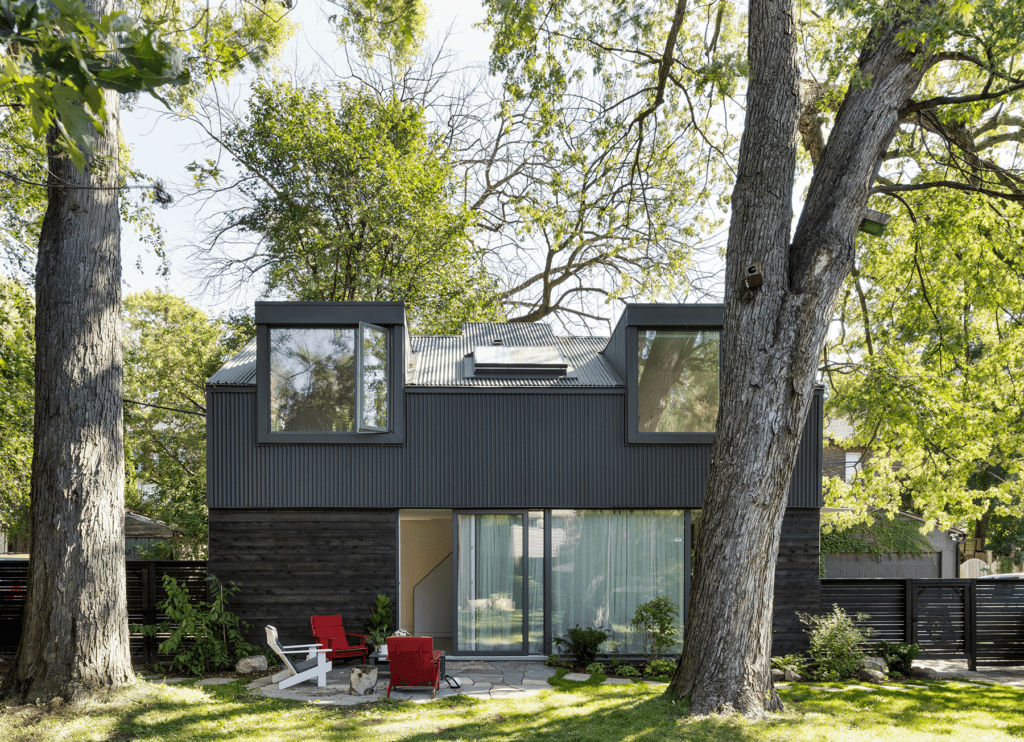
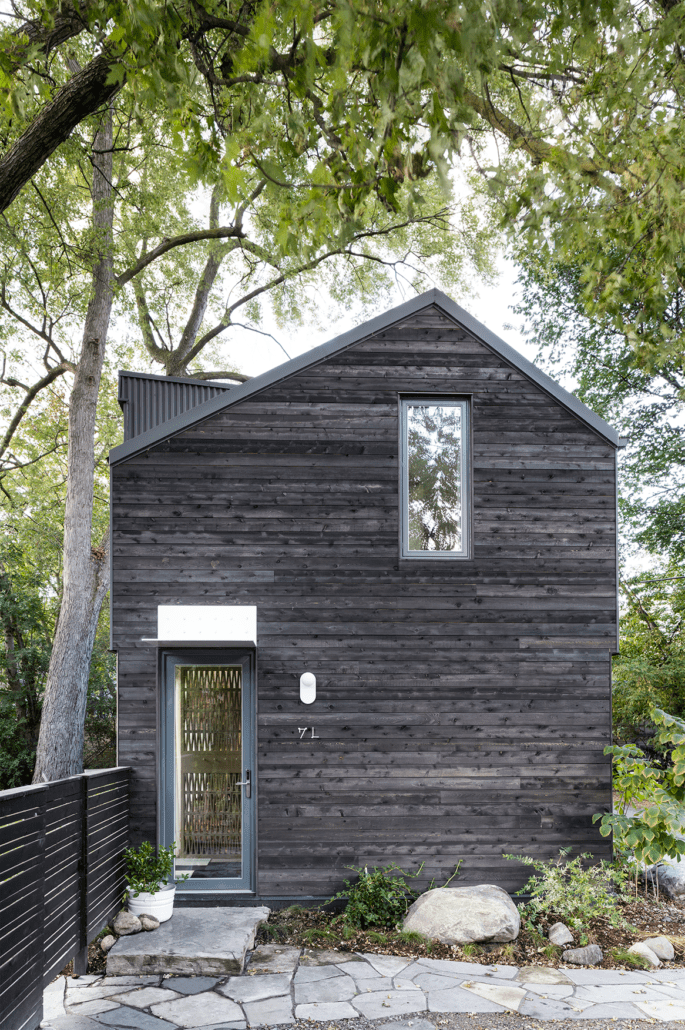
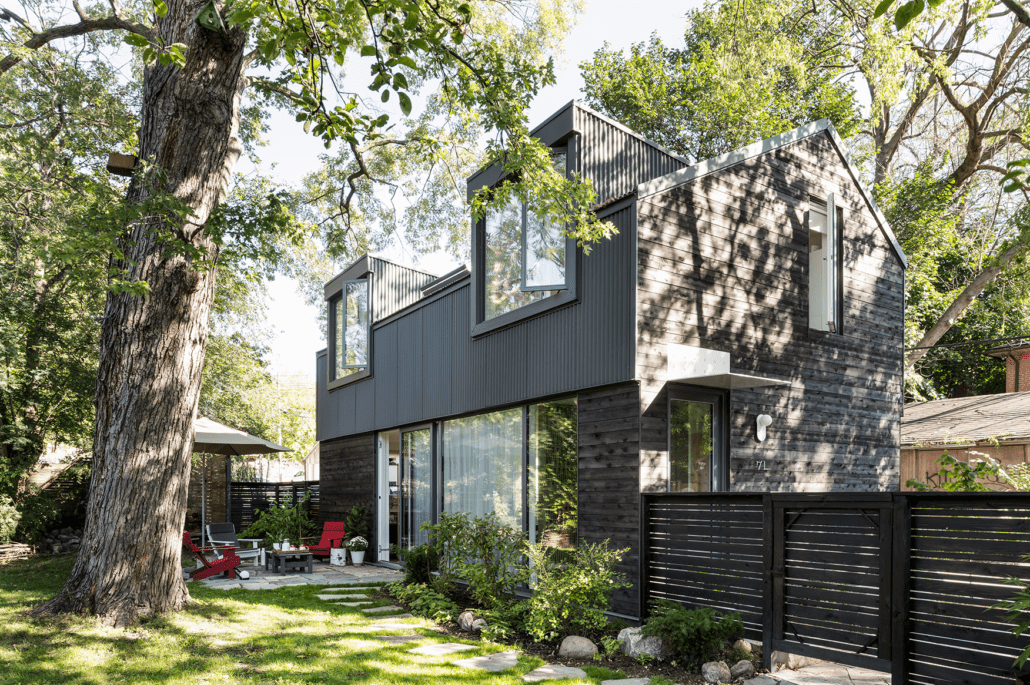
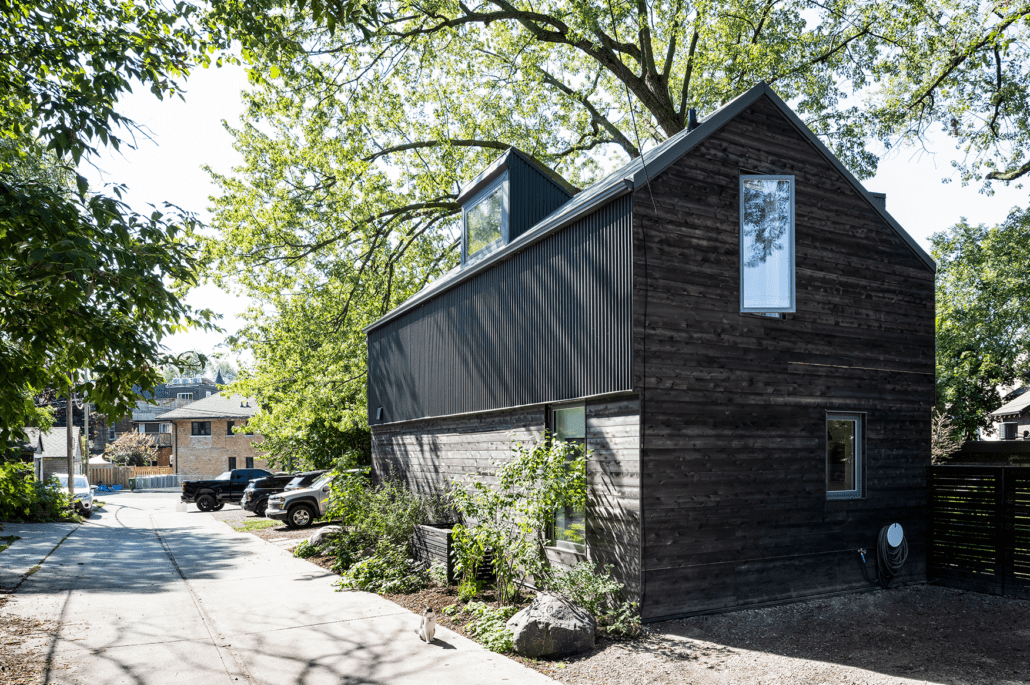
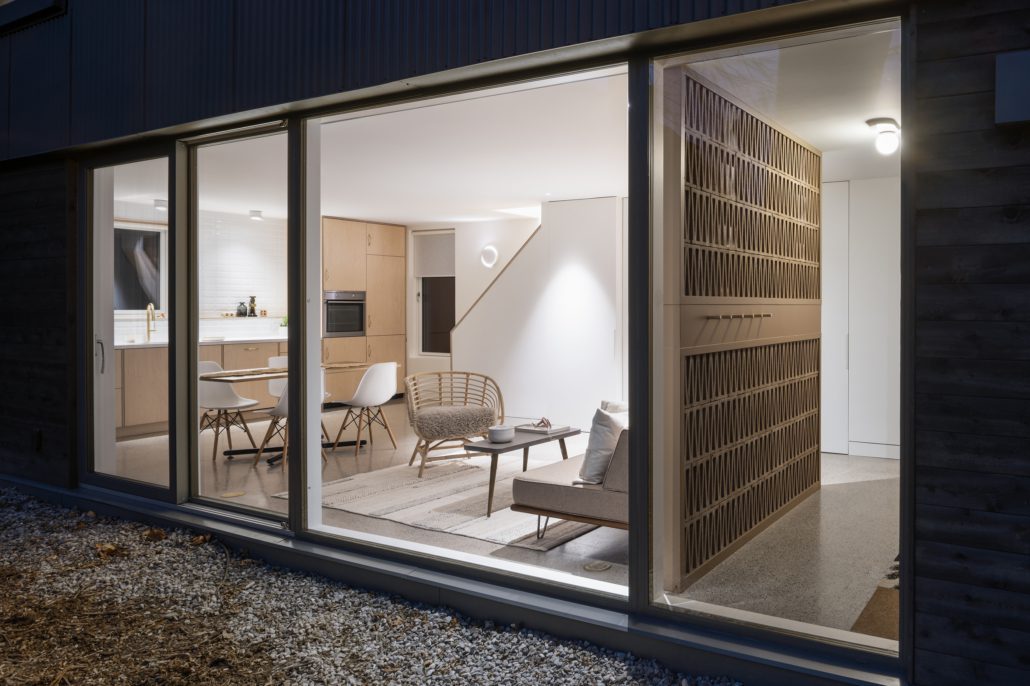
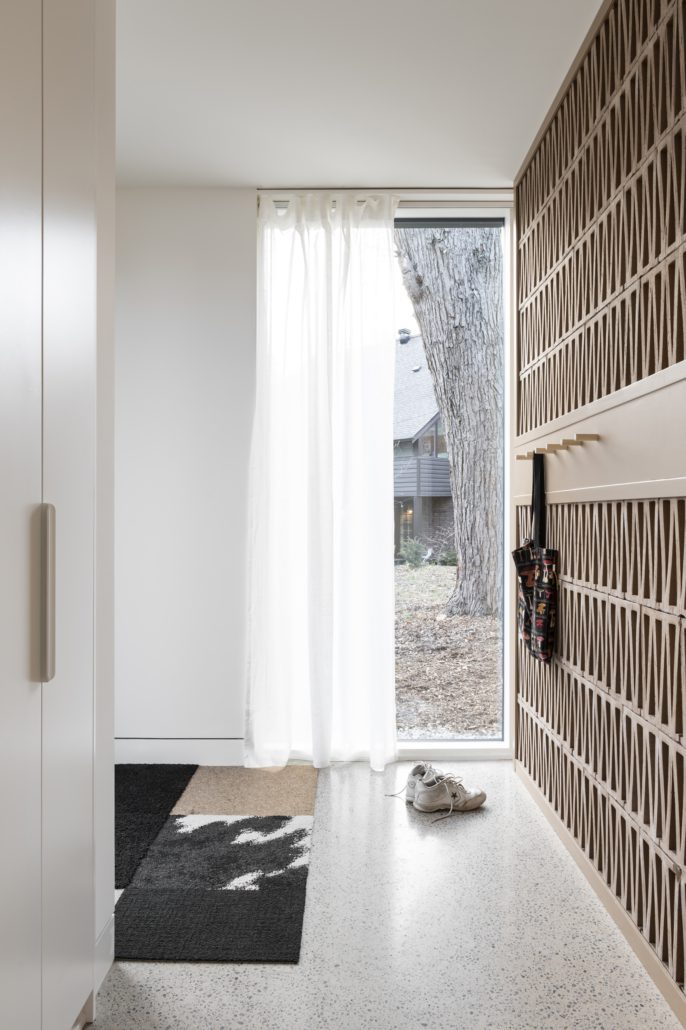



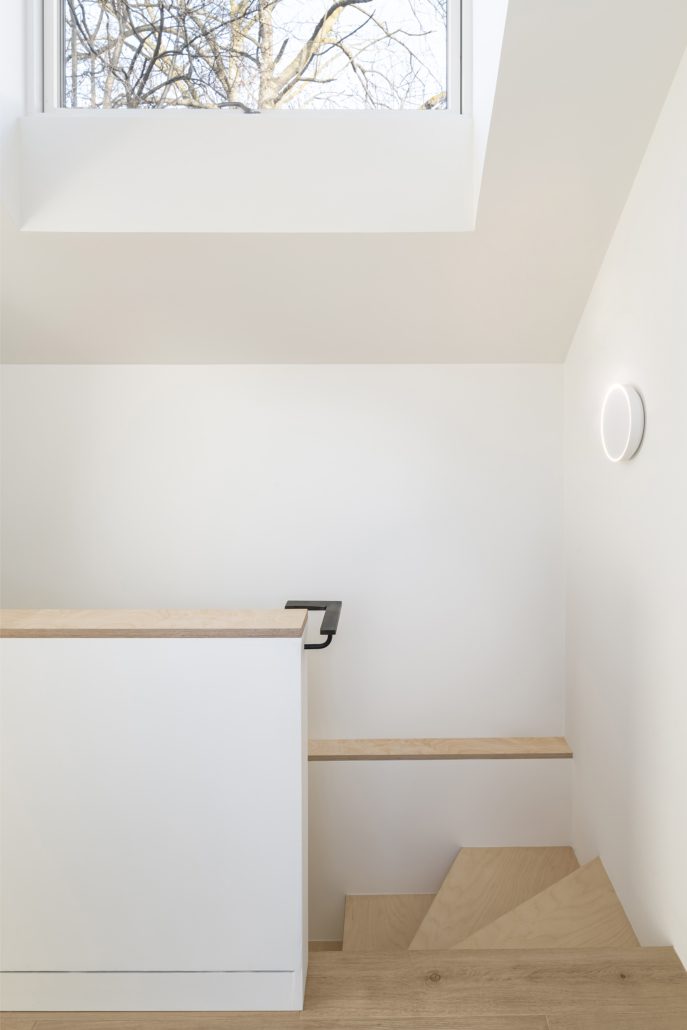
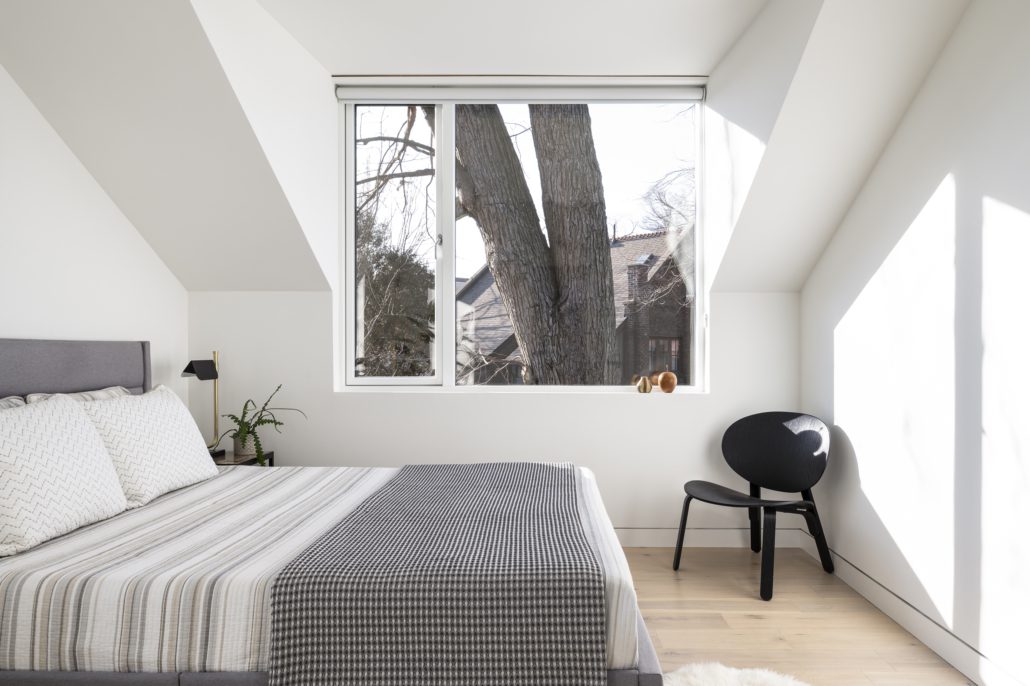
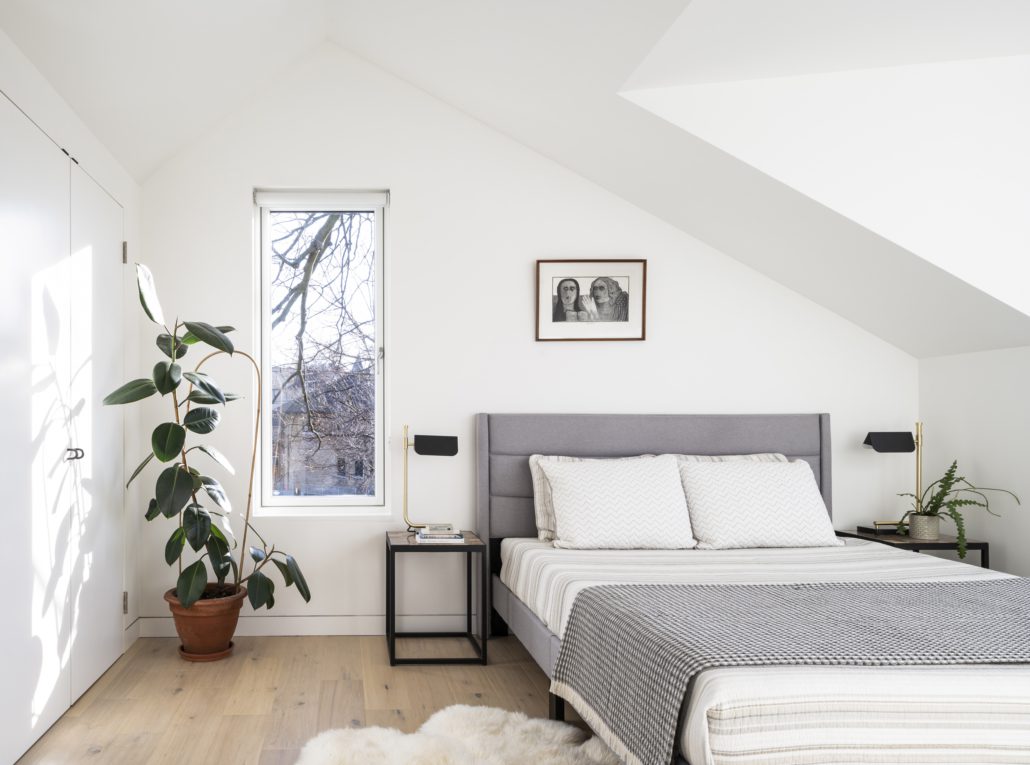



How Much Will My Outdoor Space Renovation Cost in Toronto? [2025]
in BlogEmbrace the cost-effective luxury of a home sauna in Toronto—a sanctuary for health and relaxation. With benefits ranging from stress relief to improved health, saunas offer a compact, low-maintenance luxury that fits any home size. This guide simplifies the process from choosing the perfect spot (indoors or outdoors) to selecting durable materials like cedar and efficient heating options. Highlighting the importance of moisture control and ventilation, especially for indoor setups, and introducing advanced features for customization, it ensures your sauna is a haven of comfort. Maintenance is minimal, focusing on cleanliness and airflow. Costs vary based on customization, but with strategic planning, a sauna is an attainable addition to your home, promising long-term wellness and luxury.
Fixed Cost vs. Cost Plus: What’s the Intelligent Choice for Your Toronto Home Renovation
in BlogEmbrace the cost-effective luxury of a home sauna in Toronto—a sanctuary for health and relaxation. With benefits ranging from stress relief to improved health, saunas offer a compact, low-maintenance luxury that fits any home size. This guide simplifies the process from choosing the perfect spot (indoors or outdoors) to selecting durable materials like cedar and efficient heating options. Highlighting the importance of moisture control and ventilation, especially for indoor setups, and introducing advanced features for customization, it ensures your sauna is a haven of comfort. Maintenance is minimal, focusing on cleanliness and airflow. Costs vary based on customization, but with strategic planning, a sauna is an attainable addition to your home, promising long-term wellness and luxury.
What is the Cost of a Laneway House or Garden Suite in Toronto in 2025?
in BlogEmbrace the cost-effective luxury of a home sauna in Toronto—a sanctuary for health and relaxation. With benefits ranging from stress relief to improved health, saunas offer a compact, low-maintenance luxury that fits any home size. This guide simplifies the process from choosing the perfect spot (indoors or outdoors) to selecting durable materials like cedar and efficient heating options. Highlighting the importance of moisture control and ventilation, especially for indoor setups, and introducing advanced features for customization, it ensures your sauna is a haven of comfort. Maintenance is minimal, focusing on cleanliness and airflow. Costs vary based on customization, but with strategic planning, a sauna is an attainable addition to your home, promising long-term wellness and luxury.